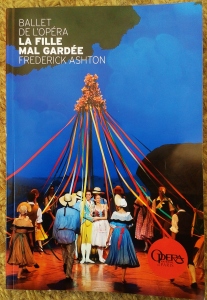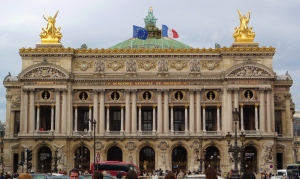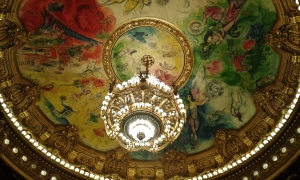Breakfast at Tiffany’s (UK Tour 2016)
Directed by Nikolai Foster
Grand Theatre, Leeds – 09 Apr 16
More than fifty years on from Audrey Hepburn’s iconic performance in the 1961 film, Breakfast at Tiffany’s has hit the UK’s theatres in a brand new stage adaptation by award-winning playwright Richard Greenberg. Based on the novella by Truman Capote, the story of Holly Golightly is rekindled for a new audience in this ‘stage play with music’, touring the country before settling in at London’s Theatre Royal Haymarket at the end of June.
Set in 1940s New York City, depicted through large prints of the city skyline and the Brooklyn Bridge, the play’s narrative is delivered by Fred (played by Matt Barber), who serves as both a character within the story and the narrator looking back on past happenings. Between addressing the audience directly and a subtle use of lighting by designer Ben Cracknell, the constant shift from past to present does not become jarring but instead retains a level of intrigue and a desire to follow the story though to its conclusion. This is impressive in itself, as in all honesty Breakfast at Tiffany’s does not have a strong plot and rather is simply a following of the escapades of Holly Golightly (played by Pixie Lott).
To follow in the footsteps of Hepburn was always going to be an immense challenge for any actress, but Lott’s performance should most definitely be applauded. It is always a great sign when it becomes difficult to spot the actor behind the character, and Lott’s characterisation is extremely convincing. From Capote’s style of language to the considerable number of costume changes it truly is a demanding role, and for her theatrical debut the result is really quite impressive.
One star of the show who must also receive a mention is Bob … the cat. Playing the small role of Holly’s feline companion, Bob induces the most audible reaction from the audience on each stage appearance. Admittedly, these ‘appearances’ generally consist of the actors carrying him about the stage, nevertheless his presence within the production provide fleeting moments of tenderness amongst a rush of exuberance and intensity.
To call this production ‘a stage play with music’ might be a bit of a push, as the musical moments are both rare and fleeting. With Pixie Lott in the leading role and the famous ‘Moon River’ scene from the film to provide inspiration it would have been strange for there to be no music at all, but whilst enjoyable in both their performance and in providing a change of pace these melodic interludes do not particularly add anything to the story itself. However, whilst Breakfast at Tiffany’s may not be the easiest play to follow with its slightly undefined plotline, it certainly ticks the boxes for a couple of hours of escapism which, after all, is why many of us go to the theatre in the first place.



